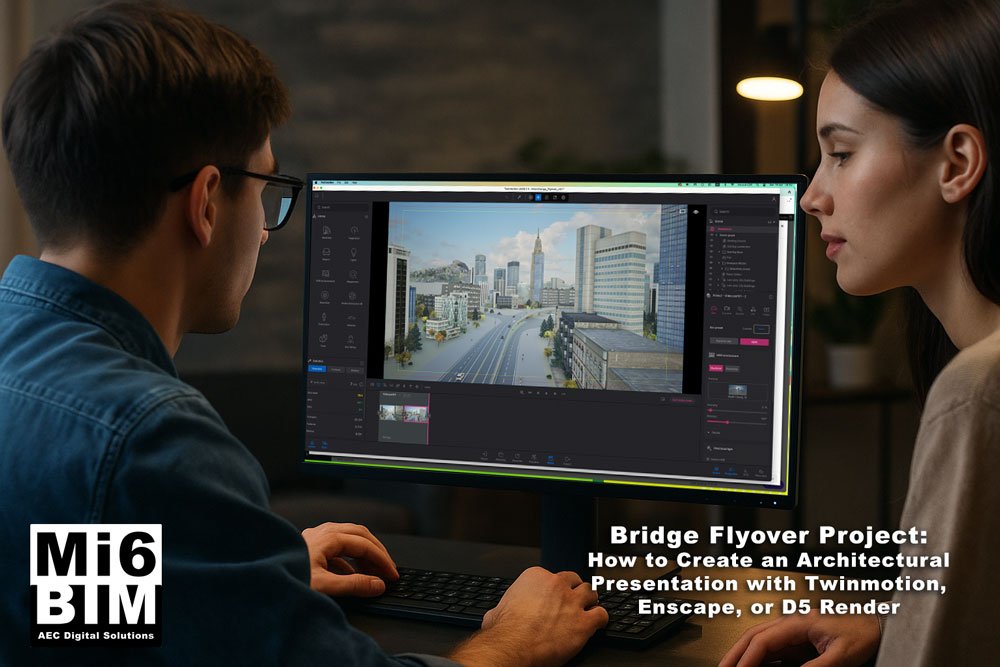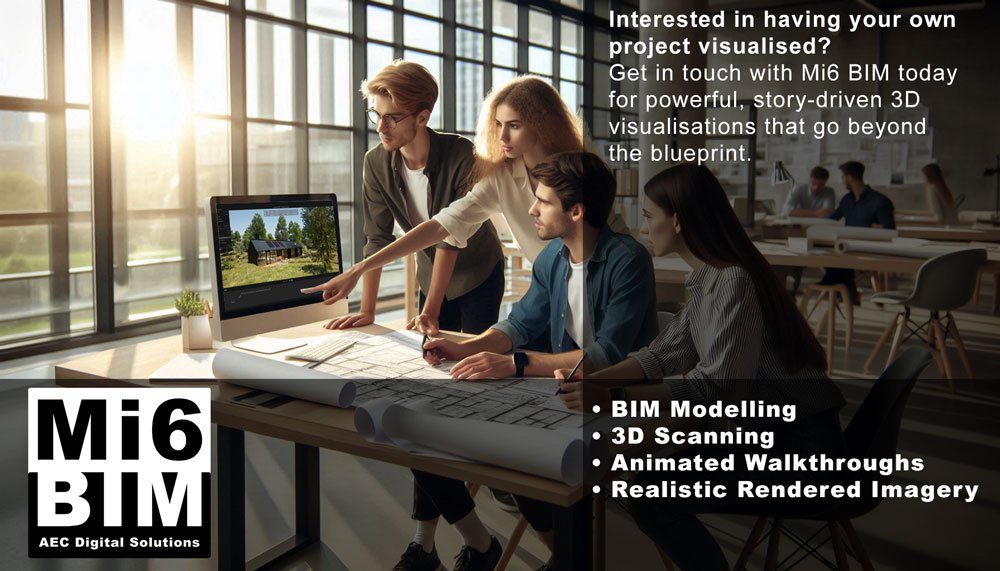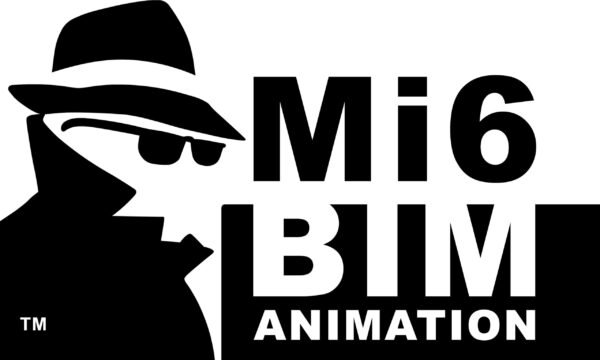Steps to Creating an Architectural Presentation with Twinmotion, Enscape, or D5 Render
Architectural visualisation has evolved far beyond static blueprints. Whether you’re aiming to impress stakeholders, win bids, or simply showcase a stunning design, real-time rendering tools like Twinmotion,Enscape, and D5 Render offer professionals an intuitive and dynamic way to bring their ideas to life.
In this post, we walk through the key steps of creating an architectural presentation using these cutting-edge tools, using a bridge flyover project as our case study.
1. Client’s Model Import or Build
The first step is acquiring or building the model. If the client provides a 3D model, we’ll import it into Twinmotion, Enscape, or D5 Render. These platforms support a wide range of file types, and seamless plugins make it easy to bring in models from:
- Blender
- 3D Max
- Revit / Sketchup
- Unreal Engine (via Datasmith)
In cases where no model is provided, we can construct one from scratch based on plans or scans.
2. Planning the Presentation
Before opening the render software, we clarify the presentation’s purpose:
- Is it for a bid proposal or investor pitch?
- A marketing/sales asset?
- Or a technical visualization, breaking down phases of construction?
This defines how much of the surrounding environment to build and how detailed the presentation needs to be. For the bridge project, we decided to showcase the final result, its city integration, and key structural elements during construction.
3. Revising the Client’s Model with software based PBR Materials
Next, we enhance the imported geometry with materials and textures. These rendering tools come with rich libraries of:
- Asphalt, concrete, wood, glass, and water materials
- Real-time reflections and bump maps
- Dynamic lighting presets (sun angle, time of day, seasonal variations)
This stage ensures the model doesn’t just look good—but feels real.
4. Creating the Landscape / Cityscape
 To ground the project in context, we build out the landscape and/or cityscape. Using terrain sculpting tools, foliage libraries, and drag-and-drop city props, we can:
To ground the project in context, we build out the landscape and/or cityscape. Using terrain sculpting tools, foliage libraries, and drag-and-drop city props, we can:
Simulate the surrounding environment
- Add trees, cars, pedestrians, and urban elements
- Recreate actual geolocation-based terrains using GIS data (in Twinmotion), or Google Maps via Autodesk Revit.
5. Creating Ambience with Filters and LUTs
This is where the presentation starts to shine. Using filters, clay renders, and LUTs (Look-Up Tables), we define the atmosphere and tone of the visuals:
- Want a moody sunset flythrough? Done.
- Need clean, desaturated views for a minimalist proposal? Easy.
- Need multiple moods for different stakeholders? Switch between styles instantly.
6. Planning Camera Moves
We plan out dynamic camera paths for:
- Still images (high-resolution shots for brochures)
- Animated walkthroughs or flyovers
- 360° panoramic views for interactive VR presentations
This is where architectural design becomes cinematic storytelling.
7. Exporting Media: Images, Videos, Panoramas, and More
Once the presentation is locked, we export:
- 4K images and video
- Panoramas for web embeds
- Interactive presentations in formats clients can view without additional software
Twinmotion, Enscape, and D5 all support quick exports with surprisingly short render times.
8. Using Twinmotion Cloud (or Similar Hosting Platforms)
With Twinmotion Cloud, clients can:
- View 3D walkthroughs in-browser
- Share links with stakeholders
- Experience the model in VR without downloading heavy files
This eliminates the need for large file transfers or complex installations—instant feedback, anywhere in the world.
9. Conclusion: Why Real-Time Renders are the Future of Architecture
Tools like Twinmotion, Enscape, and D5 Render offer more than just beautiful visuals—they deliver:
- Professional-grade output without the studio price tag
- Creative flexibility to iterate fast and often
- Time savings for both designers and clients
- Immersive, engaging presentations that drive decisions
Whether you’re working on infrastructure, historical preservation, or urban development, architectural presentations built on real-time engines are transforming the way we design, collaborate, and build.






